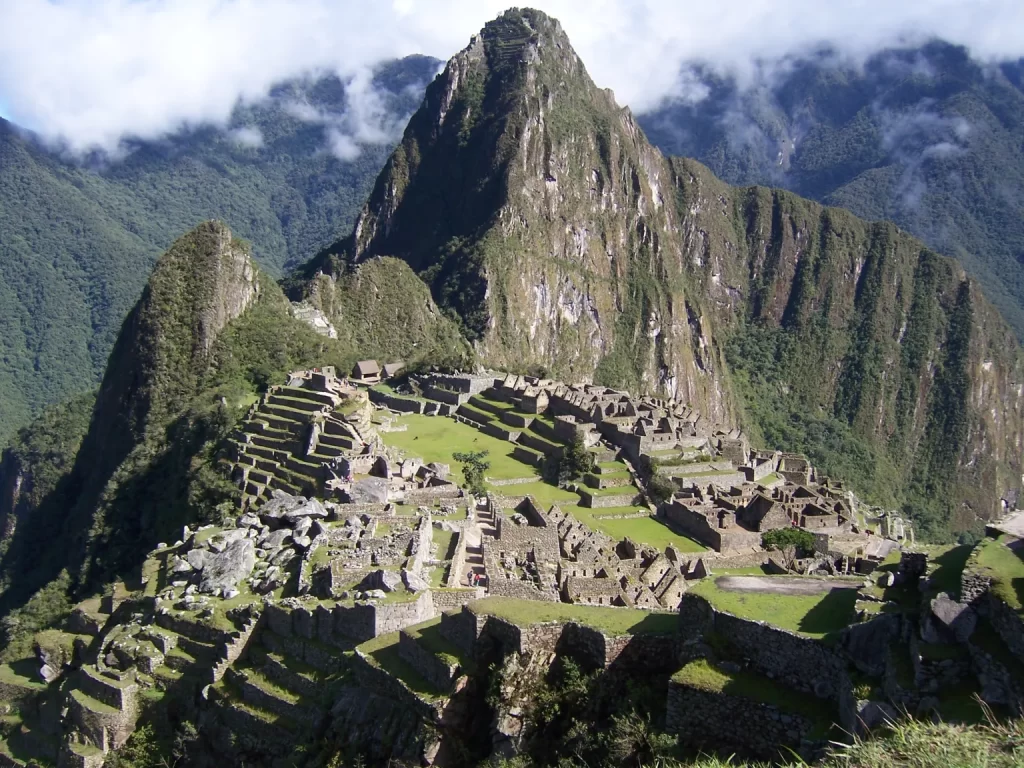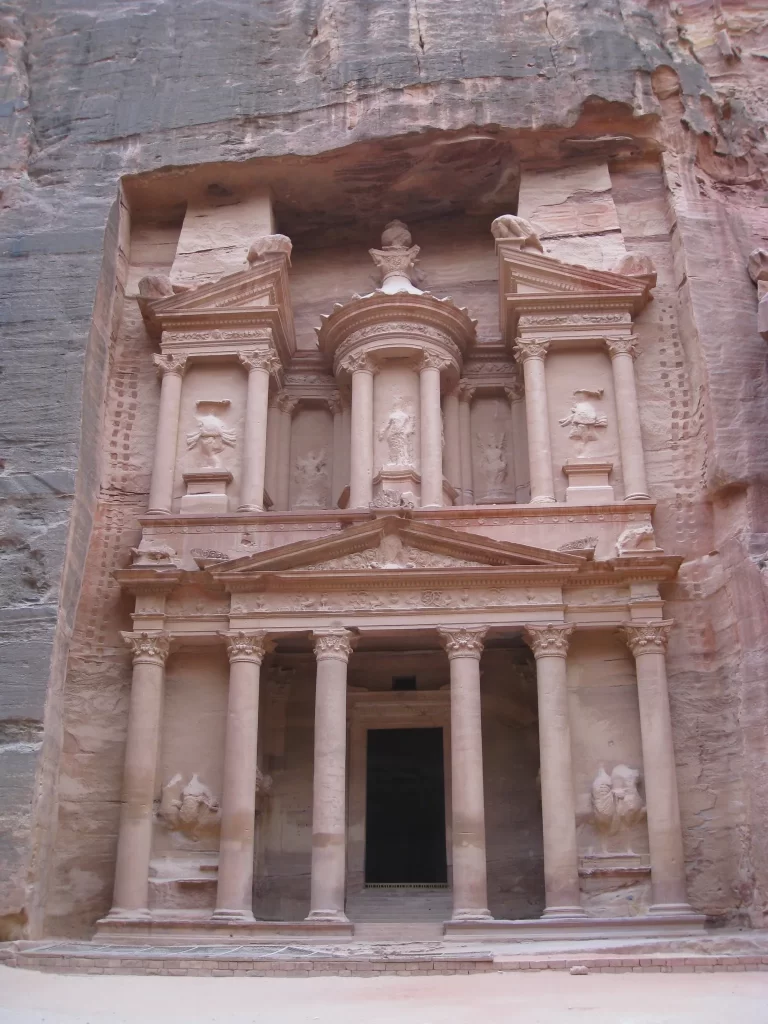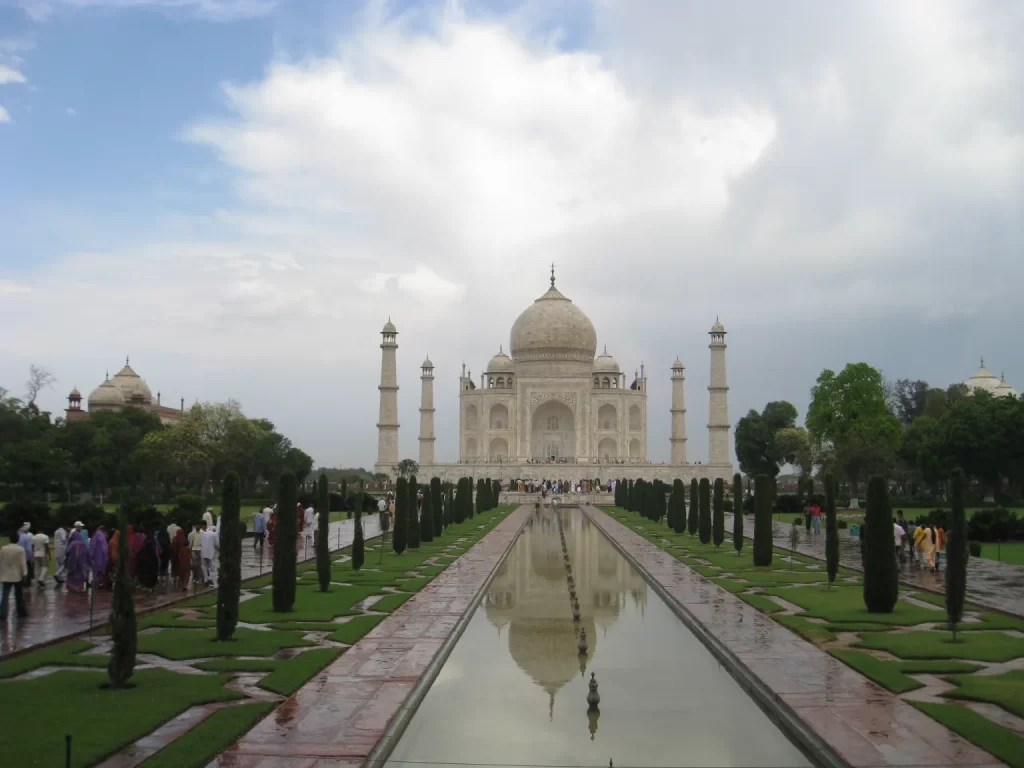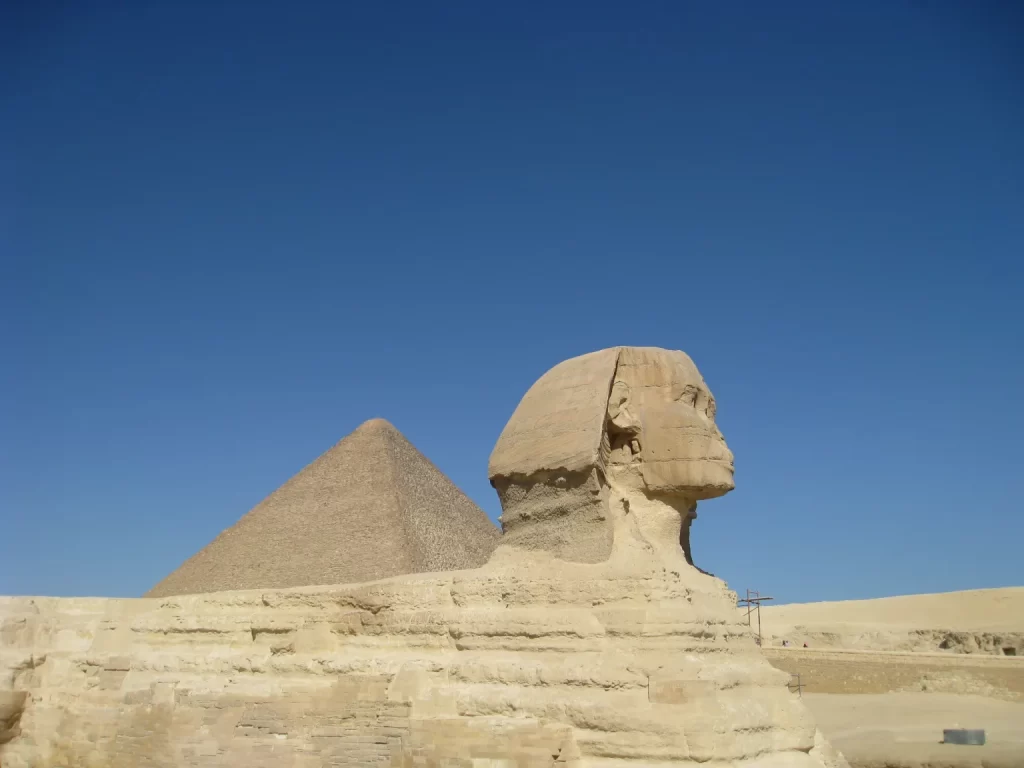
Following a huge public poll, the seven new wonders of the world were announced, replacing the old list of wonders (of which only one remains). RÓISÍN SORAHAN visited them all.
IN 2001 A CAMPAIGN was launched to update the list to a modern catalogue. The Swiss-based New7Wonders Foundation organised a public poll. It drew, they said, more than 100 million internet and telephone votes worldwide. The new wonders were announced in July 2007. They span cultures and continents. The oldest dates to 6,000 BC; the youngest was erected in 1931.
Over the past few years I have visited each one. They are incredible places, beautiful and unconnected, save for their transformation through the popular imagination into icons of the ages.
The Colosseum
The thing about icons is that your impressions are formed long before you ever meet them.

The Colosseum has graced millions of postcards, hosted luminaries such as Ray Charles and is indelibly tied to the rakish Russell Crowe.
As I turned a corner in the bustling centre of Rome, I thought I knew what to expect. But the incongruity of the cars, touts and tourists teeming around the star of the Roman empire stopped me in my tracks. I was prepared for a remote, standoffish edifice, but it thrummed with modern-day drama.
The structure, 48m high and with seating for 50,000 people, was completed in AD 80 under the reign of Titus. It hosted mock sea battles, exotic animal hunts and gladiatorial displays that trumpeted the empire’s reach and sophistication to a tiered audience that mirrored the stratified nature of Roman society. When the realm collapsed it stood its ground, retaining its status as the empire’s magnum opus.
Machu Picchu
The journey almost eclipsed the destination. I hiked four days along the Inca trail to reach the hidden city of the Incas in the Andes mountains in Peru.
It was a magical adventure along an ancient route, dotted with Inca ruins and heart- stopping views. As I reached the Sun Gate, I was blessed with a clear view of the city.
Macchu Picchu was built in the 15th century in the classic Inca style, with polished dry stone blocks cut and perfectly fitted without the use of mortar. The surrounding slopes leading to the city were steeply terraced, which increased agricultural capacity and strengthened defences.
It was constructed for the Inca emperor, Pachacuti, and was inhabited for just 100 years. Many archaeologists believe it was also a religious site – borne out by its location in mountains held sacred by the Incas.
Chichen Itza
It was a toss-up between culture and cocktails, so it was with a sense of virtue that I peeled myself off a sun lounger in Cancún and on to a bus to Chichen Itza.
My companion had visited the ancient Mayan ruins in 1993, and told tales of scampering over and into the pyramids. However, after a fatal fall in 2006, the barriers came up and visitors have since been kept at a safe distance.
Despite the remove, the experience was fascinating, though the site’s accessibility via Mexico’s main tourist resort has both increased the footfall and diminished the atmosphere.

Chichen Itza rose to prominence in about AD 600. Today the compound contains a network of sacred structures that showcase the social and spiritual practices of the Mayan people. Most impressive is the central stepped pyramid that casts a shadow of the plumed god Quetzalcoatl at the spring and autumn equinoxes.
Petra
A narrow gorge carved out of sandstone is the only and unlikely entrance to the ancient city of Petra, the capital of the Nabataean people, which was built in 6,000 BC in Jordan’s desert mountains. It was once a thriving commercial hub. The area is susceptible to flash floods, and so the feat was achieved through its ingenious water management system, which created an artificial oasis in its fortress setting.
My first glimpse of the city was through the shaft of the rose-coloured corridor that opened up on Al Khazneh, one of the most elaborate buildings in the ancient city, elaborately carved into the rock face.
The desert basin led to a rock-hewn amphitheatre, carved tombs, cobbled roads and Byzantine mosaics.
It was like stepping into a lost world. Jagged peaks and patterned stones shaped the city along the lines of a Gaudi garden. Beautiful, remote and utterly unreal.
The Taj Mahal
The train journey from Delhi to Agra was a free-for-all pile-up, with people, hot and docile, crammed in like beasts to the slaughter.
Limp from the hustle and heat, I wondered if it could possibly be worth it.
At dawn the next day I passed under the Great Gate and caught my first glimpse of the Taj Mahal: a cool pink pearl lit by the early morning light.
Women in saris clustered like butterflies above the runway of water that reflected the perfectly proportioned, translucent mausoleum.

This exercise in beauty and balance was built in the 17th century as a love lament to the passing of the Mughal emperor Shah Jahan’s third wife, Mumtaz Mahal, who died giving birth to their 14th child.
Folly over function, it remains an homage to the skills of the architects, engineers, sculptors, calligraphers and stone masons who laboured for 20 years over this magnificent memorial.
The Great Wall, China
The head and tail of the snake are so far apart that it’s hard to believe they belong to the same beast. The Great Wall stretches 8,852km from China’s east coast to the Gobi desert in the northwest.
Construction began following China’s unification under the first Qin Emperor, Shi Huang Di (221-206 BC). More than 300,000 indentured labourers toiled for 10 years to connect barriers erected by individual kingdoms to keep out invaders.
Over successive dynasties, sections of the wall crumbled while others were enhanced. Ultimately the wall’s function as a line of defence failed against the Mongols, led by Genghis Khan.
While China fell the wall stood, serving as a passageway across the mountains for people and equipment. Increasingly, however, it was plundered in parts until it was rescued by the tourist industry.
I visited the Mùtiányù section of the wall, about 90km northeast of Beijing, which was restored during the Ming dynasty (1368-1644). It is at a strategically important pass, and the wall slithers across steep mountain ridges.

Christ the Redeemer
Christ the Redeemer is a little like the Mona Lisa. Wherever you move in Rio de Janeiro, Brazil, it seems to be watching you. In a city of 16 million people, it was a comfort having something to watch over me.
This symbol of peace was completed in 1931 and erected on Corcodova mountain, overlooking the city.
At just over 39m tall, it’s the second-largest art deco statue in the world. (The largest is in Bolivia.) It is made of concrete, to support the outstretched arms, and coated in soapstone, for its beauty and durability.
I reached the summit on a cog train, then followed the steps to the plinth. Having climbed the beanstalk, it was difficult to get a sense of the neck-craning scale of the statue. It towered over the city, bay, mountains and ocean.
Obligatory picture taken, I couldn’t help but let my own eyes wander.
* Voting is underway until November 11th to decide the New 7 Wonders of Nature.
Cast your vote at new7wonders.com
Seven new wonders
Colosseum (Rome, Italy). Classical period of Ancient Rome, completed AD 80.
Taj Mahal (Agra, India). Mughal empire, 17th Century.
Petra (Jordan). Nabataean kingdom of classical antiquity, 6000 BC.
Machu Picchu (Peru). The Incas, 15th century.
Chichen Itza (Mexico). Mayan civilisation, AD 600.
Christ the Redeemer (Rio de Janeiro, Brazil). Built 1931.
The Great Wall, China. Building began sporadically in the period 403-221 BC; connected under Qin dynasty (221-206 BC); major restoration during Ming dynasty (1368-1644).
Seven ancient wonders
Great Pyramid of Giza (Egypt). About 2560 BC.
Hanging Gardens of Babylon (Iraq), about 604-562 BC.
Statue of Zeus (Olympia, Greece). About 430 BC.
Temple of Artemis (Turkey). About 550 BC.
Mausoleum of Halicarnassus, Turkey. About 351 BC.
Colossus of Rhodes (Greece). From about 280 BC.
Lighthouse of Alexanderia (Egypt). About 280 BC.

The sole standing ancient wonder
The Great Pyramid of Giza The oldest and sole remaining ancient wonder of the world. Sealed in popular imagination as one of the seven wonders, no one was ready to give it up – least of all the Egyptian government, which lobbied against the new-wonders initiative. In response, the New7Wonders Foundation, which drove the poll, removed it from the voting, declaring it an “honorary candidate”.
© Róisín Sorahan
Article originally published by The Irish Times